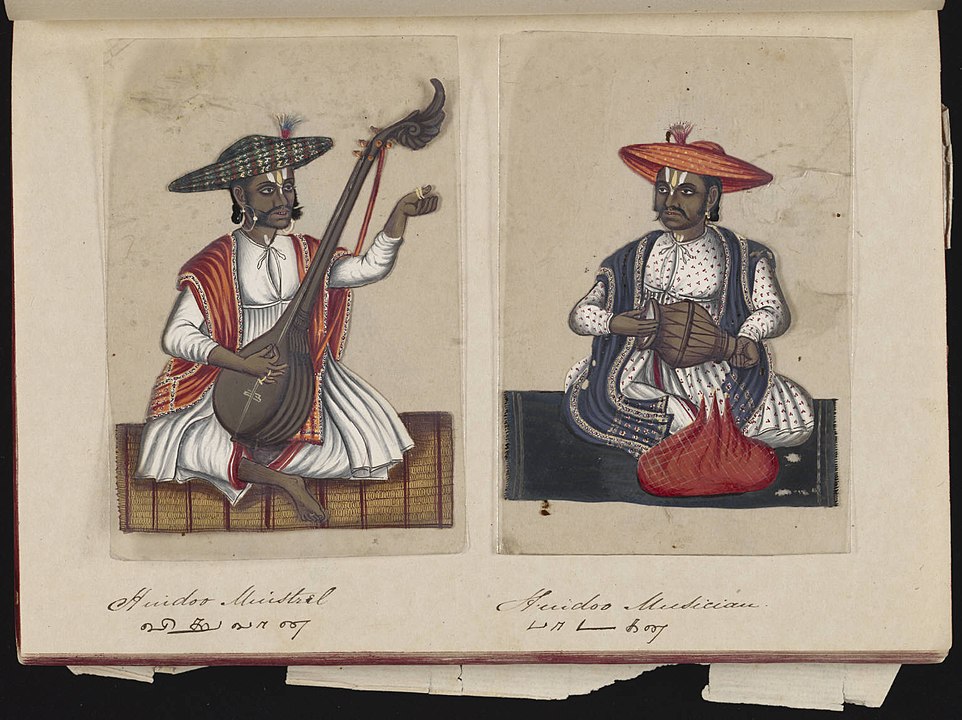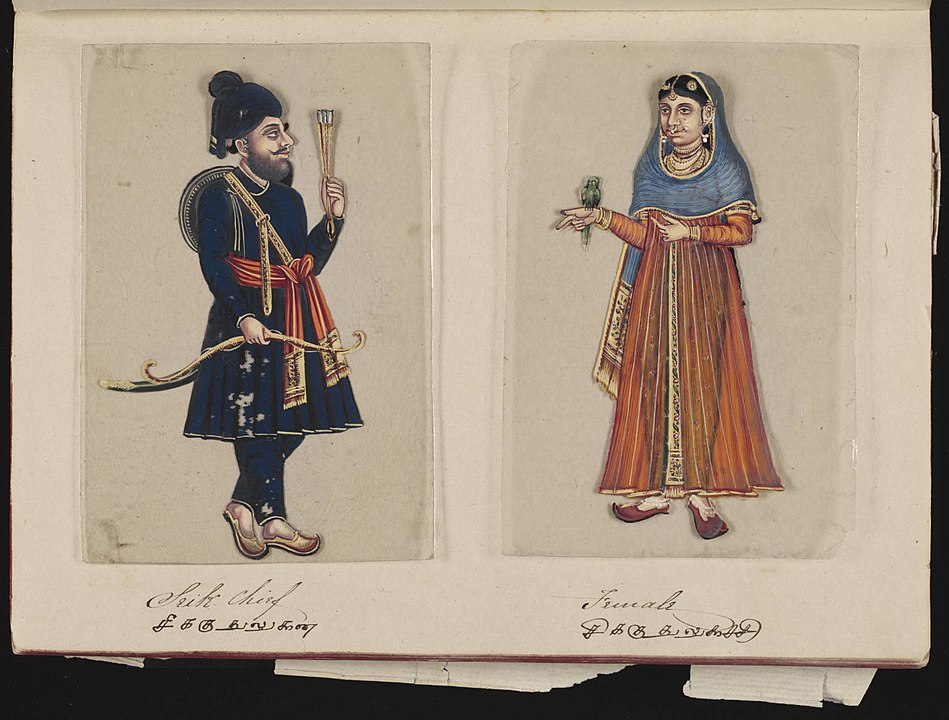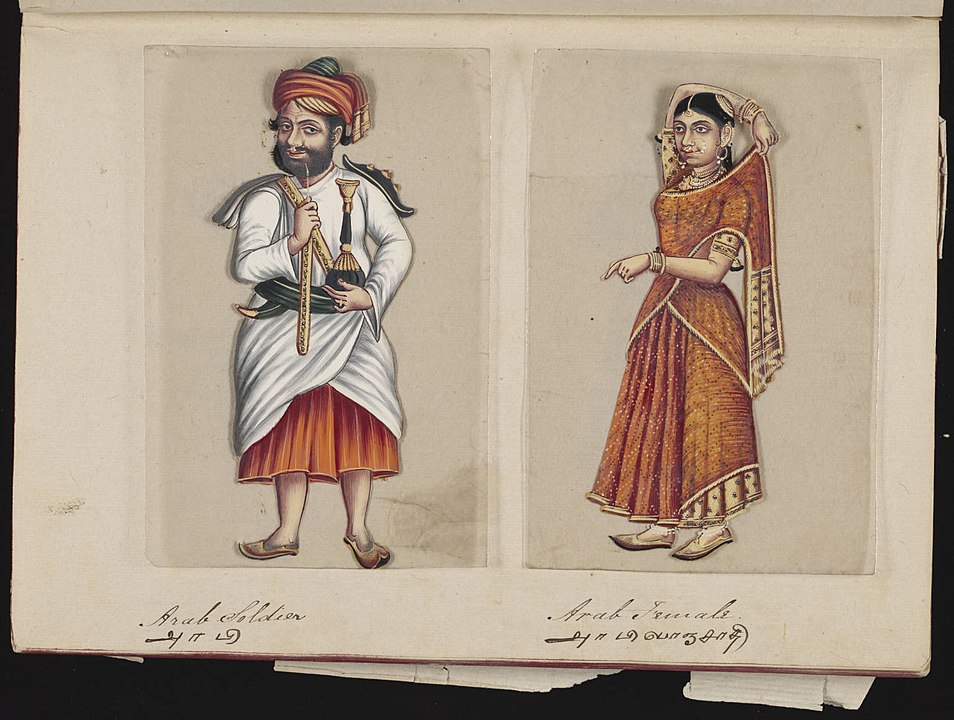
Historical Origins of Hinduism
The story of Hinduism began around the time Moses was leading the children of Israel out of Egypt or more than fifteen hundred years before Christ was born.
It’s not clear how Hinduism started, and there is no known founder like in the other major world religions, but Hinduism is the world’s third largest religion after Christianity and Islam. The word “Hinduism” is derived from Sanskrit and it means “dwellers by the Indus River“.
Among the many factors that have contributed to the development of this religion, one of the most important has been the continual subjugation of its people. People in India have been conquered and oppressed for most of their history.
India finally became independent from Great Britain only when the British granted its independence in 1947, following Mahatma Gandhi’s led campaign of non-violent protests against British rule. Before that, India had been subjugated for thousands of years, and over the centuries many different races, cultures, and religions have lived in this land, creating a unique religious culture.
Despite having elements of many other cultures, Hinduism originated out of the merging of two relatively developed civilizations.

The Aryans who invaded from the north into the Indus and Ganges River valleys of India found a darker-skinned people with a religion that was characterized by the worship of a variety of objects and nature forms. They believed in the existence of many spirits, both benevolent and evil, whose appeasement required special skill in the use of magical formulas.
The fair-skinned invaders absorbed many customs of worship and devotion of the conquered people, but they worshiped nature gods, such as Indra, the god of the storm, and Agni, god of fire. In this early Vedic time the emphasis shifted to belief in and worship of specific gods of nature. The invaders imported the Brahman priests who began to dominate the religious life of the people, replacing the former religious role of the father of each family.
The Brahmans were also directly responsible for the formation of the Vedic scriptures. Around 1500-1200 BC the Rig Veda was written. Later, around 800-600 BC, the Brahmans were written and added to the Vedas. They are writings in prose that explain some of the ceremonies found in the Vedas.
Caste System

The Aryans divided themselves into four social classes and imposed a strict color-line segregation in their relationship with the native Nagas and Dravidians. By so doing, they established the foundation of the traditional caste system that has persisted into our own time.
Only the Aryan invaders were allowed to be members of the three upper castes: the Brahmans or priest-teachers, the soldier-ruler (Kshatriyas) caste, and the farmer, craftsman, merchant (Vaisyas) caste.

The people in fourth caste, called Sudra, were forced to be the laborers or slaves, and they were denied the privileges of the higher castes. These rigid class distinctions became a fundamental aspect of the developing religious system. Below the Sudra there were the outcasts or untouchables. They were (and are) called also Dalits, Harijans or backward castes. Because of the degrading work to which these last were assigned, and other limitations imposed on them, such as being forbidden to draw from the village wells or enter into sacred places, the untouchables lived in unspeakable misery.
Because of the belief that they were living in those terrible circumstance as punishment for their deeds in a former life, as taught by the Law of Karma, the untouchables usually didn’t try to revolt to improve their conditions.
They were taught by the Brahmans that following the rules of caste in their current life, even when they seem hard and unjust, would make possible for them to be born again into a better life. This system, that doesn’t focus on human rights, but on the duties of caste, was kept stable for over three thousand years in the Hindu society.

Some of the main rules of this system were the prohibitions against marrying, eating, or talking with persons of another caste. Occupations would be similar for fathers and sons in the same caste, and daughters would marry men from the same caste.
This attitude of submission to caste status, hard to understand for Western minds, is strengthened by the beliefs in Hinduism about the transmigration of souls and the reincarnation.

